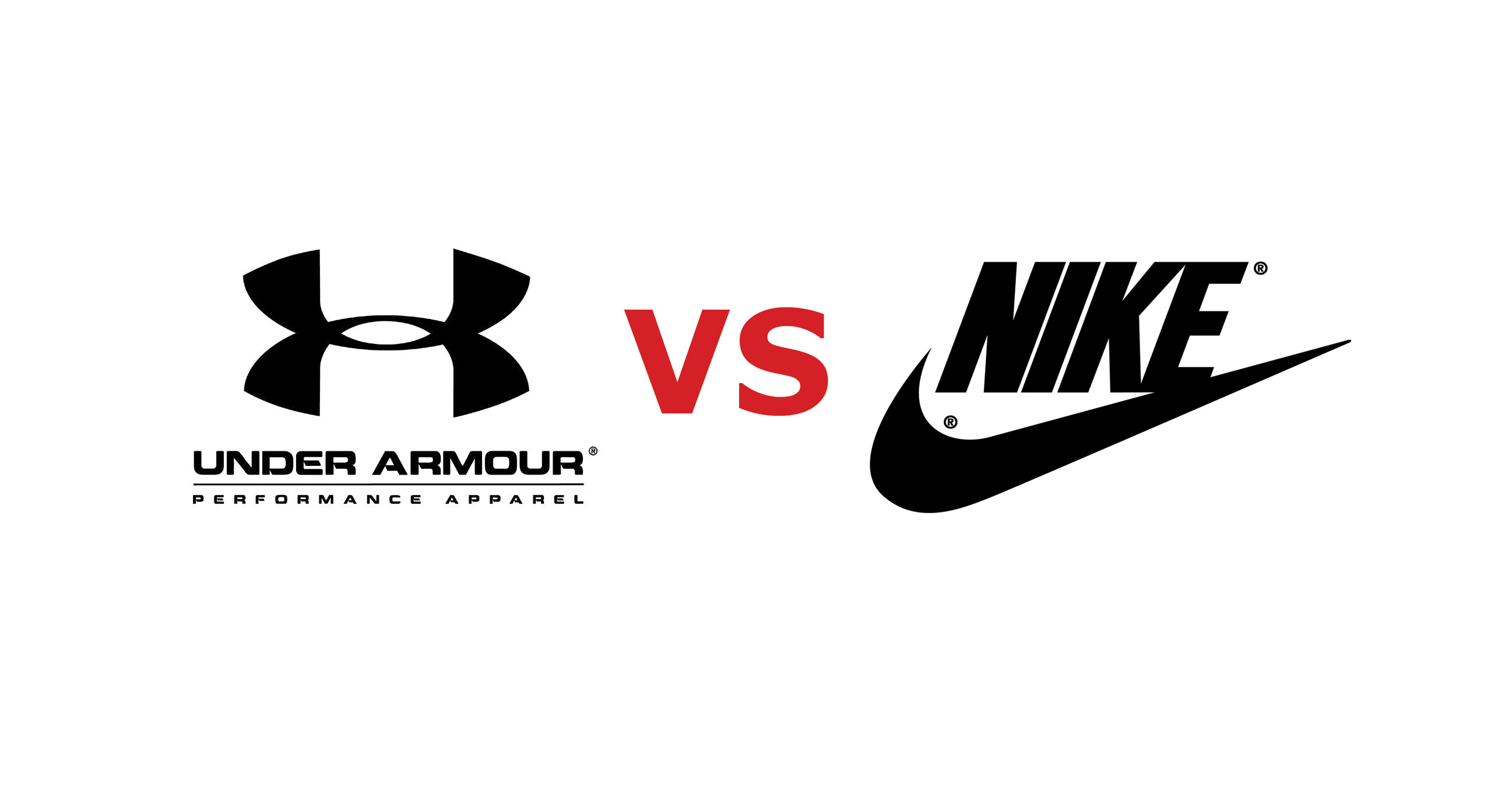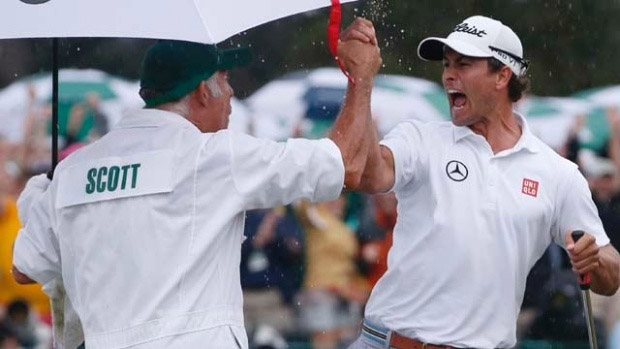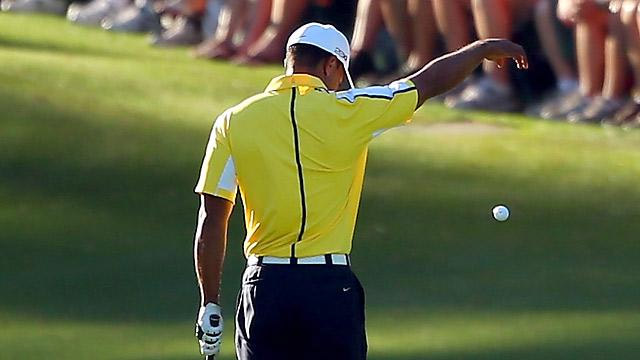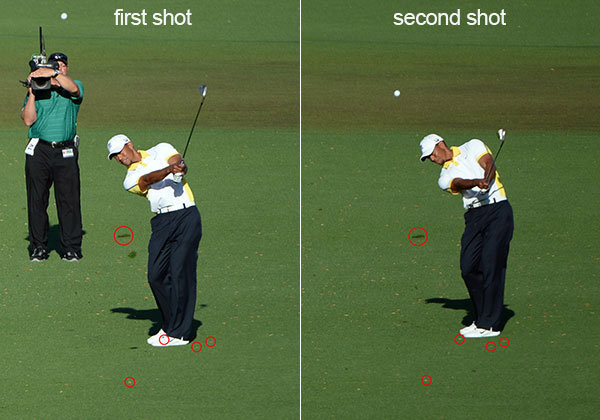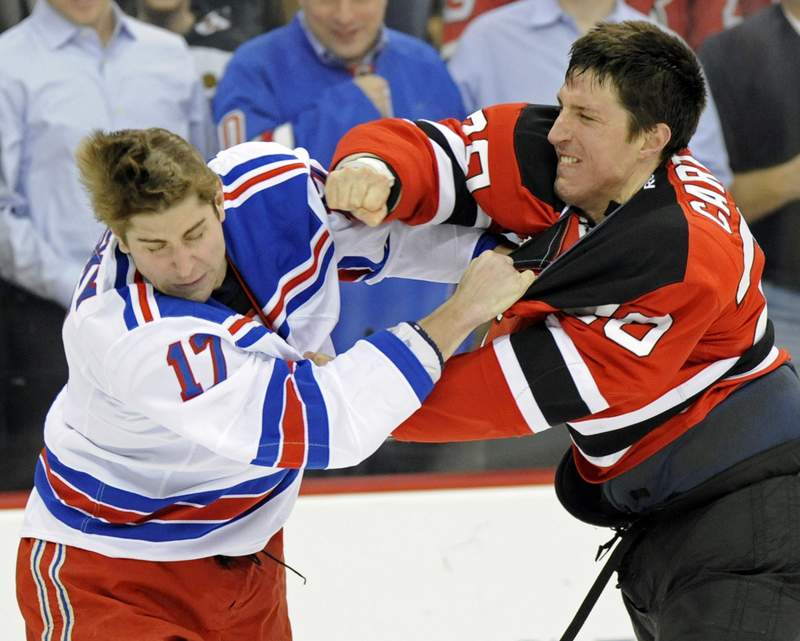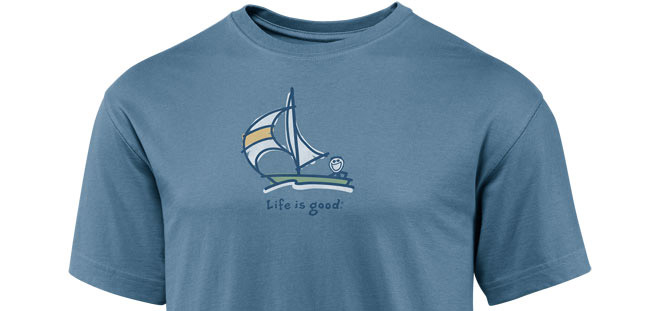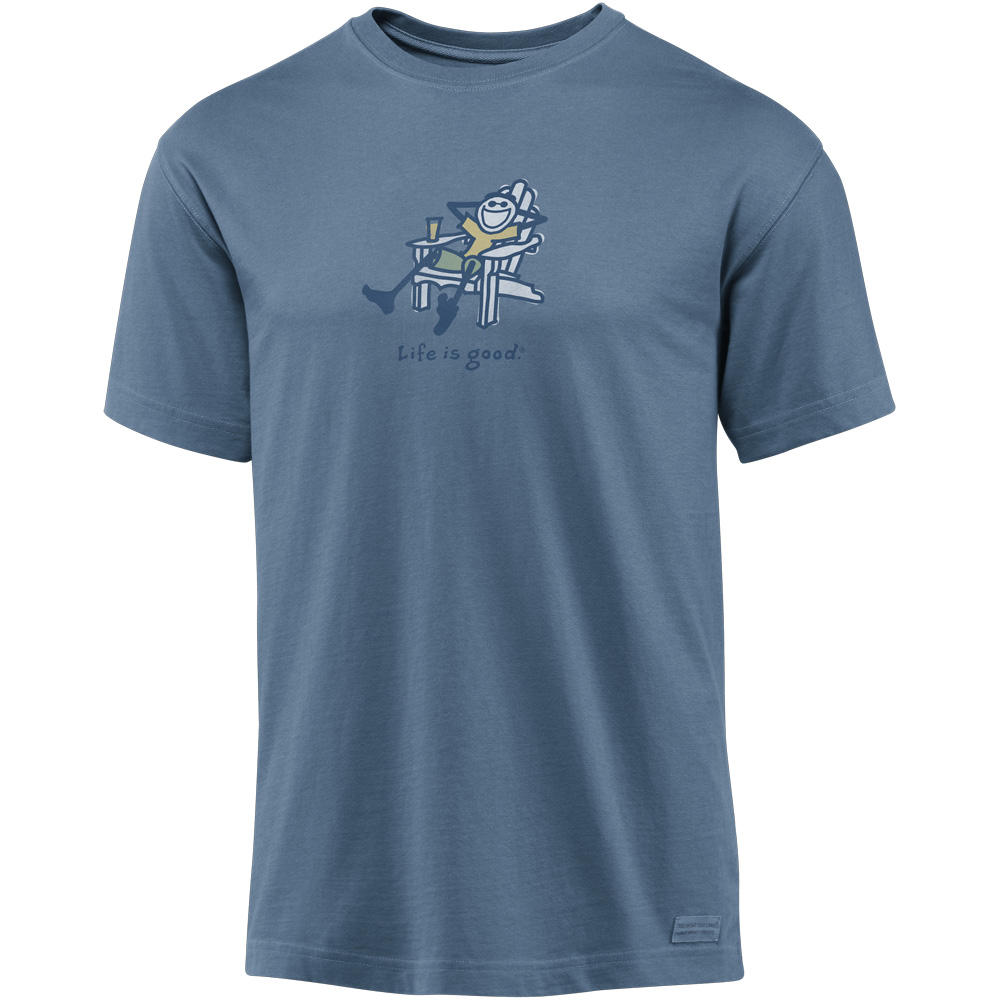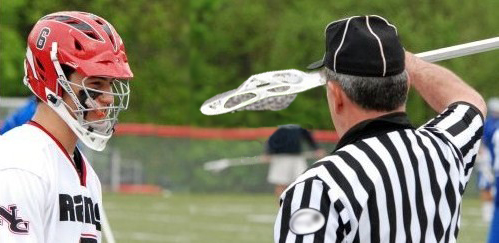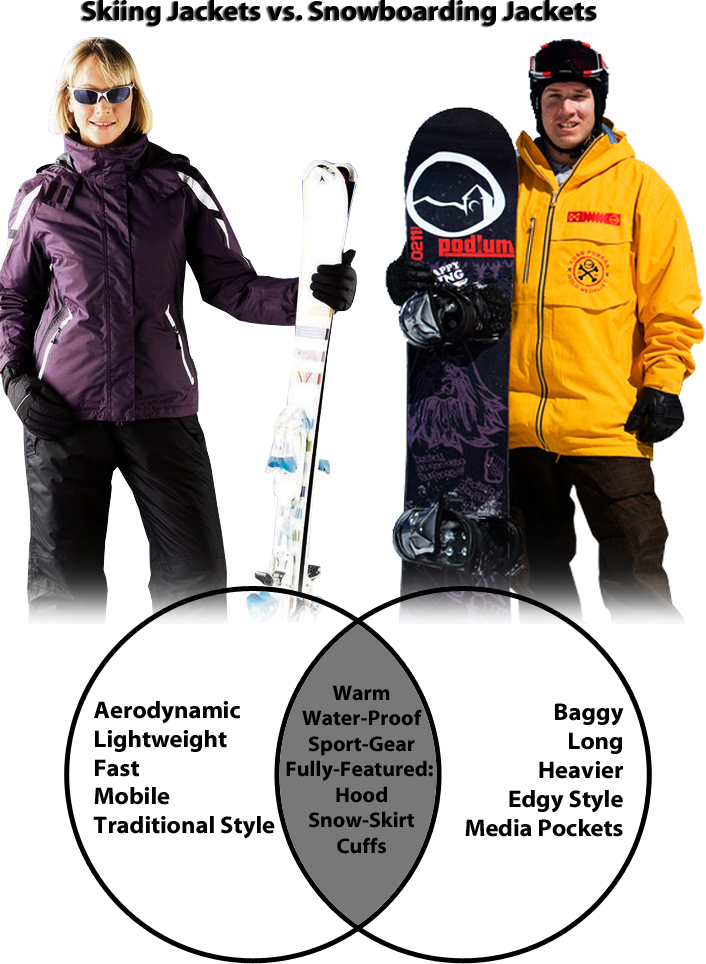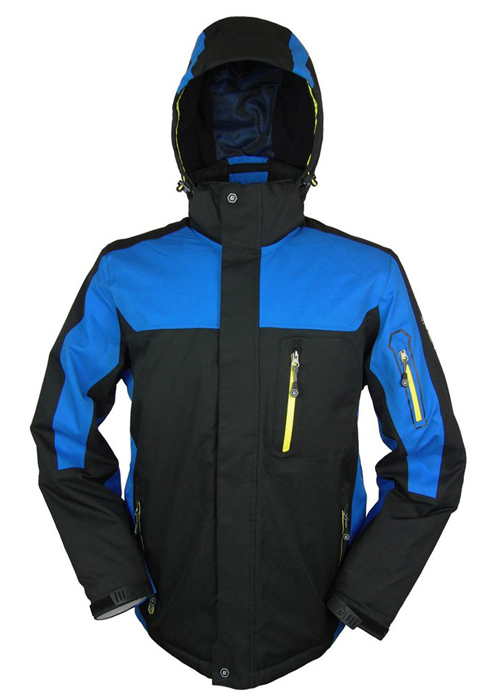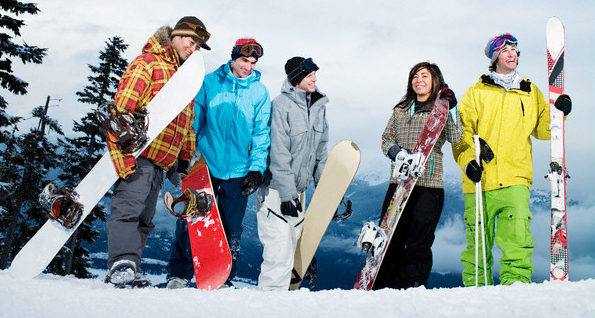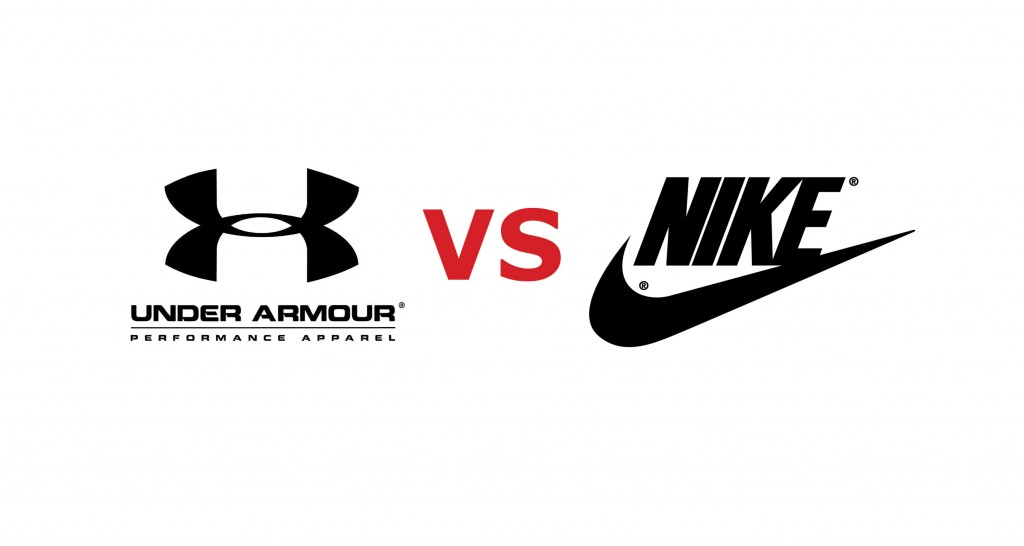
Technological sounding names dominate the athletic apparel war between Nike and Under Armour, but what do they mean? Comparing Nike’s Dri-Fit and Under Armour’s HeatGear, we are going to review what these technologies do and which one is better for you! Finding the right performance shirt, compression pants, running shorts, and compression socks for the summer can be tough, but when you discover the right ones for you, you may never go back to wearing regular clothes while working out.
Under Armour built its company with a foundation in performance apparel and turned into something much more significant. In 1996 the founder of Under Armour created the first t-shirt made of moisture-wicking synthetic fabric, effectively inventing the industry of ‘Performance Apparel’. To this day, the company continues to produce and improve upon their signature HeatGear.
Let’s get into the nitty gritty about these sportswear rivals.
Under Armour HeatGear
Basics:
HeatGear uses super lightweight fabrics to keep you cool and dry in warm and hot conditions whether you’re out for a walk, training hard, or dominating the football field. Its exceptional moisture transport systems wick sweat away from your body, while maintaining ventilation. Sounds like any ‘performance apparel’ I’ve ever heard of, so let’s dive a little deeper to get a greater understanding.
What Does Under Armour HeatGear Provide?

Moisture Transport Systems: Hydrophobic fabrics wick the moisture from your body and pull it through the material so that it evaporates quickly, keeping your clothes light and your body cool and dry.
Odor Control – Anti-microbial technology resists the growth and spread of bacterial odors within the fabric. The evaporation of sweat quickly and efficiently combined with the anti-microbial technology reduces odors better than any other system.
UPF – Ultra-Violet Protection Factor – UPF protects you from the sun, plain and simple. Extra protection from UV rays is always a good thing for your skin, body, and overall health and Under Armour has added this screen to their impressive arsenal.
Some Under Armour gear is equipped with additional features. Check the tags for the following!
Strategic Ventilation + Armour Stretch
Modular Protection Zones + 360 Degree Reflectivity
Wind Resistance + Armour Grip
Those features are the foundation of HeatGear, but HeatGear is separated into different fabrics to help you differentiate what gear you need for what situation. Here is a run-down of Under Armour’s lineup.
FABRICS:
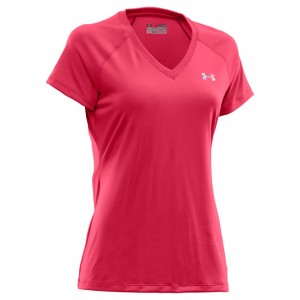 Under Armour Tech –
Under Armour Tech –
This is the classic, super-soft, natural feeling material that mimics cotton, but provides the performance benefits of synthetic material. Traditional UA look and feel and is generally the most affordable option.
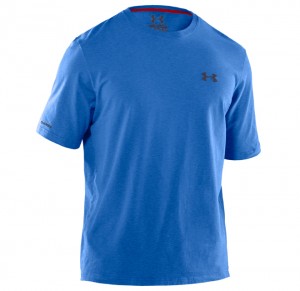 Charged Cotton –
Charged Cotton –
It’s cotton, but better. With Charged Cotton, you get the feel, weight, and comfort of cotton with the impressive moisture transport system that wicks 5% faster. This cotton dries 5x faster than standard cotton. Perfect for athletic activities or just relaxing, it’s a soft garment with performance tech built in.
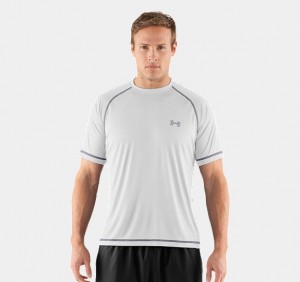 Under Armour Catalyst –
Under Armour Catalyst –
Surprisingly made entirely of recycled plastic bottles, Catalyst is super soft and smooth. Incredibly light with body temperature regulating tech, the best feature of this fabric is how light and smooth it is.
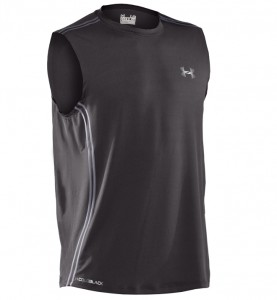 Under Armour coldblack –
Under Armour coldblack –
It shocks me how noticeably coldblack affects the temperature of the garment and in turn, your body. The technology makes dark fabrics act more like light fabrics in the sun, retaining less heat during performance. Oh, and it makes light colors act like nothing at all. Providing the best moisture-wicking tech and all other HeatGear benefits with the temperature regulation technology makes athletes flock to coldblack.
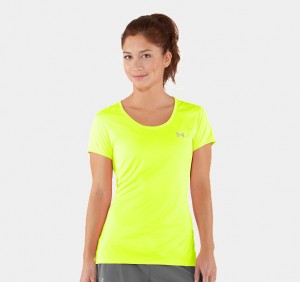 HeatGear Flyweight –
HeatGear Flyweight –
Ultra-light and smooth fabric with strategically positioned mesh panels to help regulate heat and allow sweat to evaporate faster. Raglan sleeve design and smooth Flatlock Seams do not restrict range of motion. This is lightweight, lightweight, lightweight.
All of these different fabrics are available in multiple fits: Compression, Fitted, Semi-Fitted, and Loose.
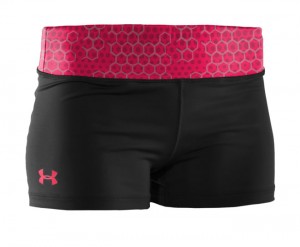 HeatGear Sonic –
HeatGear Sonic –
The newest innovation from Under Armour, Sonic is a compression material that increases muscle power through ultra-tight fit. They call it a “second skin” because it provides the benefits of compression technology without sacrificing comfort so that you can wear it all day. Shirts, tanks, pants, shorts, they have it all.
Shop Men’s and Women’s HeatGear
This isn’t all about Under Armour. It’s Under Armour vs Nike, so let’s get to Nike!
Nike Dri-Fit
Basics:
Dri-Fit uses microfiber, polyester fabric to wick moisture from your body to the outer surface of the fabric so that it can evaporate quickly to keep you cool for a… dry fit. This sounds mighty similar to Under Armour’s signature moisture transport system.
What Does Nike Dri-Fit Provide?
Moisture Wicking – It does that whole ‘wick moisture from your body’ thing. This allows sweat to evaporate to keep you light and dry.
Dri-Fit UV – Provides minimum of 30 SPF to protect you from ultraviolet rays. This is only in certain Dri-Fit products so make sure you look for it on the label or tags!
LINES:
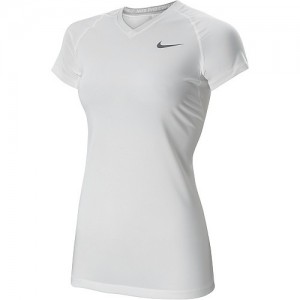 Nike Pro Dri-Fit –
Nike Pro Dri-Fit –
Mesh panels and flat seams are featured in the Nike Pro Combat line to fit smoothly to the body for a close and comfortable fit. Different Pro products can be made of different materials so be sure to take closer looks at these.
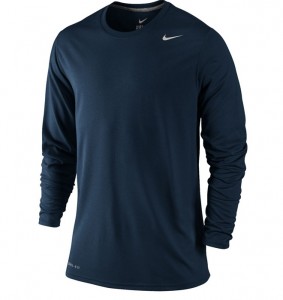 Nike Legend Dri-Fit –
Nike Legend Dri-Fit –
Crew neck and inside taping bring comfort through mesh design. Made of 100% recycled polyester and is constructed with flat-seam to reduce chafing.
–
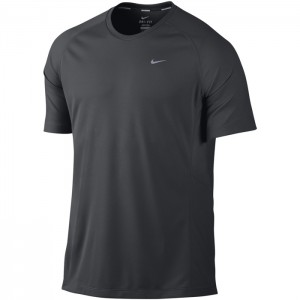 Nike Miler Dri-Fit –
Nike Miler Dri-Fit –
Basically the same as the Legend, but with added panels in the side improve mobility. 100% recycled polyester.
–
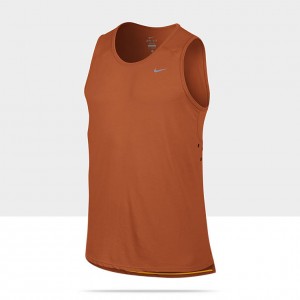 Nike Tailwind Dri-Fit –
Nike Tailwind Dri-Fit –
This line features a mesh fabric panel and three eyelets in the underarm to provide air flow and reduce chafing. Nike designs this with flat seams to improve range of motion as well. Body is made of Dri-FIT 85% polyester/15% cotton. Side panel constructed of Dri-FIT 86% polyester/14% cotton. Also this line has a cool zip pocket at the waist/back for easily securing valuables when running.
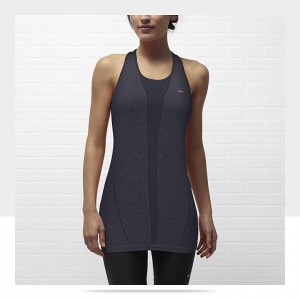 Nike Knit Dri-Fit –
Nike Knit Dri-Fit –
56% polyester and 44% nylon, the knit line is a soft touch Dri-FIT moisture-wicking fabric. Knit fabric is designed with mesh panels for lightweight ventilation.
The Conclusion:
We can breathe easy, the information dump is over.
The major benefit that these workout clothes provide is their moisture wicking/transportation systems. If you have never tried these products before, it is amazing how different a run, a game, or a workout can feel when wearing clothes that are specifically designed to improve your performance rather than simply not get in the way.
Both brands of performance apparel are great choices for your athletic activities, but there are so many fabrics and so many lines just within the HeatGear and Dri-FIT names. In my years of using these fabrics and diving deeper into their technology and construction, it seems as though any of the Nike products would work for me and feel great, but I can find the proper sportswear specific to my needs through the fabrics and fits that Under Armour provides.
Nike has proven that people love their comfortable, performance fabric, but it seems as though Under Armour, the originator of performance apparel, may have a multitude of additional benefits and defined options.
Making informed decisions is the best way to choose between Nike and Under Armour, but sometimes it takes trying both to truly understand!
What do you think?







